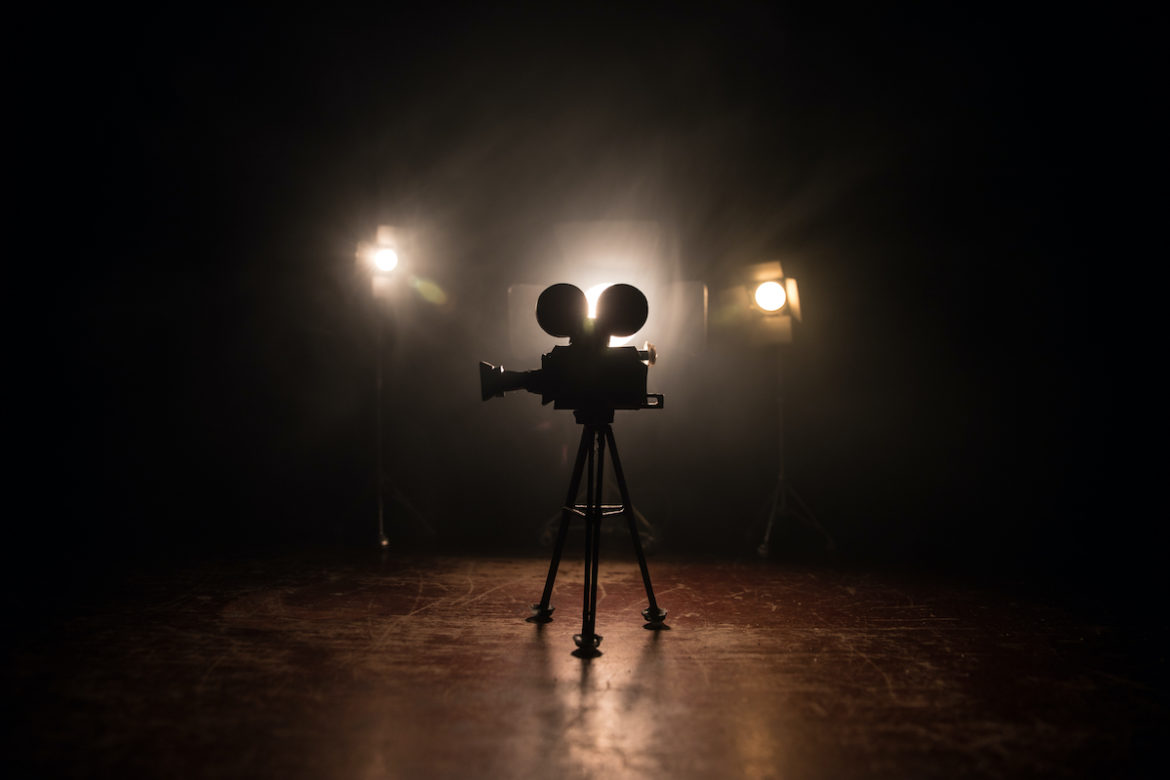

In 2005 Kodak announced the discontinuation of their most popular stock Kodachrome due to the decline of facilities equipped with K-14 process. Color stocks were originally available only in tungsten (3400 K) Type A, and almost all Super 8 cameras come with a switchable daylight filter built in, allowing for both indoor and outdoor shooting.Ī Super 8 film cartridge with a close-up of the film Usually, testing one cartridge of film can help handle any uncertainty a filmmaker may have about how well their Super 8 camera reads different film stocks. Canon keeps an exhaustive list of their Super 8 cameras with detailed specifications on what film speeds can be used with their cameras. Not all cameras can read all the notches correctly, however, and there is some debate about which notches actually deliver the best results. In addition, coded notches cut into the Super 8 film cartridge exterior allow the camera to recognize the film speed automatically. The Super 8 plastic cartridge is probably the fastest loading film system ever developed, as it can be loaded into the Super 8 camera in less than two seconds without the need to directly thread or touch the film. There are also Super 8 reversal films available, including 100D Kodak Ektachrome and 200D Agfa color, as well as black-and-white (B&W) from Foma, ADOX and ORWO and Kodak.Ī Super 8 film cartridge (Eastman Ektachrome) beside a compact audio cassette for scale

Today Super 8 color negative film is the main color stock used. This included emulsions from Kodak, Fuji and Ilford. In 1993 the company's Super8 Sound, now called Pro8mm, pioneered the use of the color negative in Super 8 by custom perforating and loading a variety of 35 mm film stocks into the Super 8 film cartridge.

CINESYNC SYNCHRONIZE SOUND 8 MM MOVIEW MOVIE
During the mid-to-late 1980s Super 8 began to re-emerge as an alternative method for movie production, beginning with its use in MTV music videos in 1981. It became an extremely popular consumer product in the late 1960s through the 1970s, but was largely replaced in the 1980s by the use of video tape. Historically, Super 8 film was a reversal stock for home projection used primarily for the creation of home movies. The sound and the 200-foot cartridge system are no longer available, but the 50-foot silent cartridge system is still manufactured. In 1975 an even larger 200-foot (61 m) cartridge became available, which could be used in specifically designed cameras. In 1973 the system was upgraded with a larger cartridge, which includes film with magnetic sound.
CINESYNC SYNCHRONIZE SOUND 8 MM MOVIEW PROFESSIONAL
This is enough film for 2.5 minutes at the professional motion picture standard of 24 frames per second, and for 3 minutes and 20 seconds of continuous filming at 18 frames per second (upgraded from standard 8 mm 16 frame/s) for amateur use. Launched in 1965 by Eastman Kodak at the 1964–65 Worlds Fair, Super 8 film comes in plastic light-proof cartridges containing coaxial supply and take-up spools loaded with 50 feet (15 m) of film, with 72 frames per foot, for a total of approximately 3,600 frames per film cartridge.


 0 kommentar(er)
0 kommentar(er)
